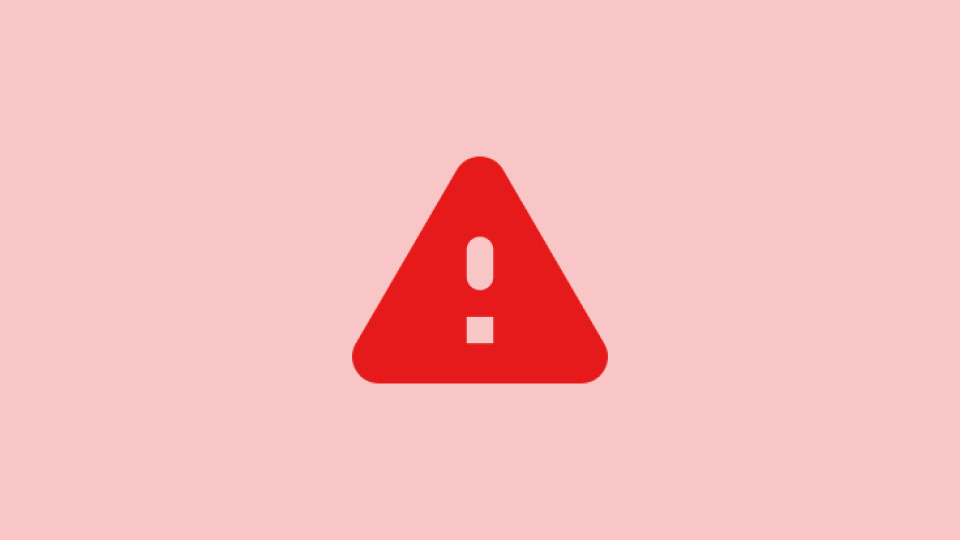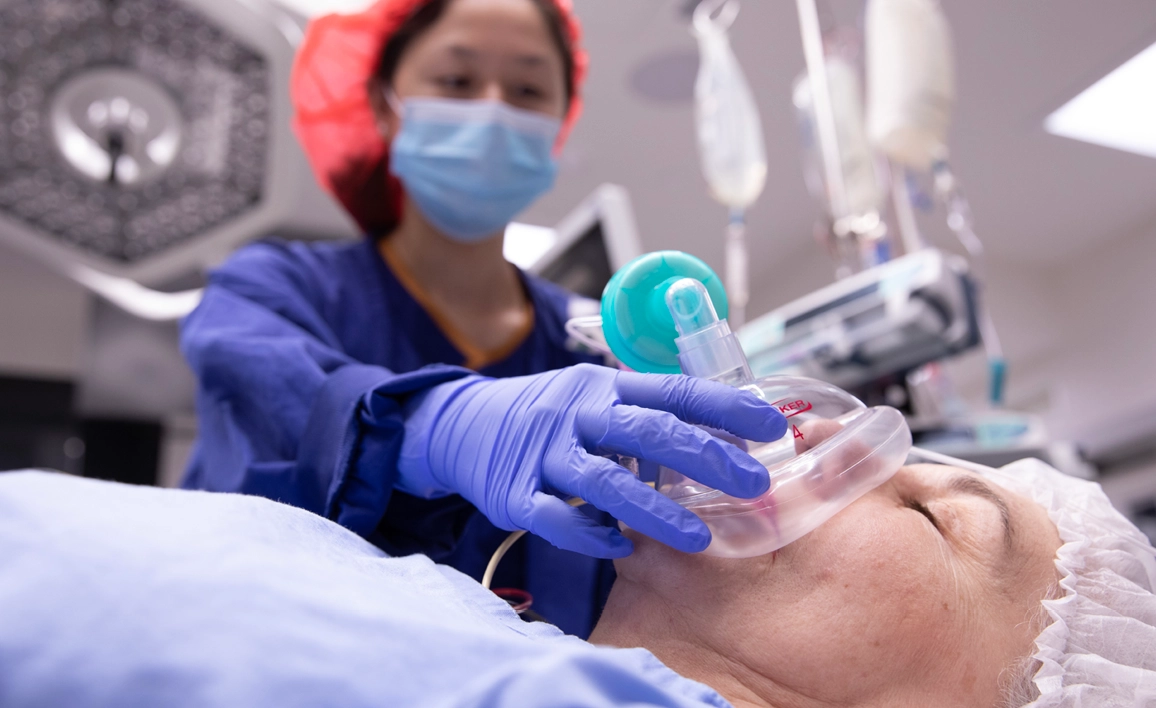Critical recall: Reynard antiseptic skin prep products

Reynard Health is conducting a Critical Recall of 0.5% Chlorhexidine swab sticks foam, large foam swab sticks and prep pads 6cm x 6cm.
There is a potential for Achromobacter contamination with certain batches of antiseptic products. While some possible incidents are being investigated in Australia, there have been a number of cases of infection internationally.
Contaminated products with Achromobacter can potentially result in serious infections, which may be life-threatening for patients with compromised immune systems, including neonates.
Alternatives to some of the products listed show no evidence of risk, such as:
- BD prepsticks (Chloraprep), which are sterile and manufactured in the USA.
- 3M Soluprep swabsticks, which are made in Canada.
The principles and recommendations outlined in the ANZCA/ACSQHC Joint Safety Statement on the topical application of chlorhexidine and the risks of accidental injection are still relevant and important.
Contamination of the sterile setup with disinfectant solutions must be avoided and appropriate procedures must be in place to prevent cross-contamination of solutions intended for neuraxial injection with disinfectant preparations.
For skin preparation for perineural and neuraxial procedures, 2% chlorhexidine in 70% alcohol is effective and may be considered, provided usual precautions are followed including allowing the skin preparation solution to dry completely, and pooling is avoided. An introducer needle for spinal anaesthesia is recommended.
Alternatives for patients with a hypersensitivity to chlorhexidine include povidone iodine in 70% alcohol.
You might also be interested in...

The following candidates have met the criteria for invitation to the final viva examination in May 2025.

ANZCA has called for the federal government and shadow government to consider and deliver on six priorities and calls for action as part of the 2025 federal election.

New this month: updated GLP-1 Agonist guideline; Propofol supply issues in NZ; Discontinuation of Bridion; RCH sepsis guidelines; webAIRS article in ANZCA Bulletin (Autumn ed.)
